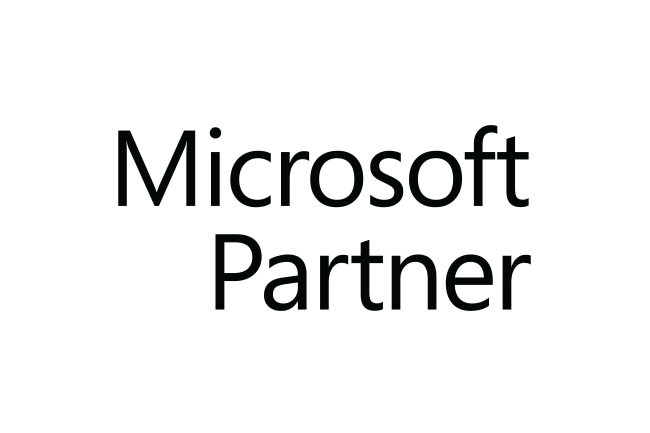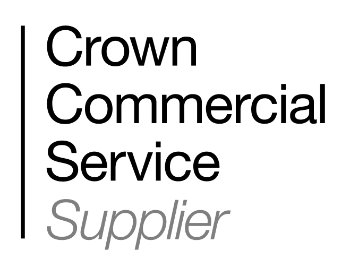An open source CMS is a content management system that is maintained by its community of developers, rather than one developed and owned by a single company. The source code is available to all, and anyone can modify it and create their own functionality. Effectively, anyone can do what they like with it. A proprietary CMS, on the other hand, is built and maintained by a particular company. They own the CMS and others pay a licence fee (often on a monthly basis) to be able to use it. In most instances, the company who owns a proprietary CMS will build the website and maintain it.
Both open source and proprietary content management systems have their benefits and drawbacks. Some of these are outlined in the remainder of this post.
Open Source CMS
The Benefits
One of the major benefits of an open source content management system is that they generally have a large base of developers. There is a range of benefits that comes from this. Open Source solutions such as Drupal, Craft, WordPress, Joomla and Umbraco are constantly being developed; they are always being worked on and updated with code and the modules continually improving. The number of contributors can be huge, for example Drupal has “630,000 + users and developers” according to their website, drupal.org. This means that it never stands still and is always developing into a better product, therefore keeping up with the needs of users. In many respects, it is usually a step ahead of most proprietary solutions.
A key reasons for many organisations choice in opting for an open source CMS is that it is much easier for them to change agency, if that need arises. If your website is built in an open source CMS then there will be several other web agencies that could take over your website should you decide that you are not happy with the agency you had been working with. This isn’t the case with a proprietary CMS; in most cases, you will need to have it rebuilt. With an open source CMS, you own the code so another agency can be employed to maintain it and develop it further, if necessary.
Another great advantage of an open source CMS is that there aren’t the ongoing costs that can be associated with a proprietary system. Once a website is built, there isn’t a licence fee that needs to be paid on an on-going basis.
The Drawbacks
The experience of end users in comparison with developers is something that has been given as a drawback of open source content management systems by some. There is no doubt that many CMSs are more suitable to developers than end-users (their customers), to which they can at times appear complex.
Another potential downside is that they can be susceptible to security issues. They are more vulnerable to attack as anyone can see the code, therefore making it easier for hackers to exploit it. Security breaches are also more likely to be published. Due to the popularity of a particular CMS, if there is a security breach it is more likely to be discussed and be written about, meaning some might see this is an opportunity for exploitation. The upside of this is that this also means that people are more likely to be made aware of any issues so they can protect against them, and due to the number of contributors, a solution is more likely to be forthcoming, and relayed to the entire community.
Proprietary CMS
The Benefits
One of the benefits that a proprietary CMS can have over an open source solution is that there are agencies that have created content management systems to suit a specific market. For example, a number of CMSs have been created for the real estate industry, for the likes of estate agents and letting agents. As they are created for a particular type of website, they can be developed to suit by having the functionality these sites require. To use the real estate industry as an example again, a CMS for this sector will have functionality that allows organisations to be able to upload new properties easily. From a client’s perspective, they have a product that is tailored to them that doesn’t require their agency to build this functionality from scratch, therefore proving more cost-effective in some instances.
A proprietary CMS can be more user-focused than-developer focused. They tend to be less customisable and therefore simpler. This can be beneficial to organisations that don’t require overly complex functionality but would like to be able to add and edit content themselves.
If you opt for a proprietary CMS that is owned by the agency that built and maintains your website, then this has the advantage of you knowing exactly who to hold responsible if there is a problem. They are not only responsible for your website but the entire CMS. It is therefore their responsibility to resolve any issues and you know you can hold them responsible. You may also be paying for the CMS licence on a monthly basis, meaning you can refuse to pay if something goes wrong, something they won’t want you to do. This can speed up the process of any required fixes being performed.
The Drawbacks
The biggest drawback concerning a proprietary CMS is that you can become stuck with one web agency. If they own the CMS it is very difficult, and potentially expensive, to go elsewhere. You won’t be able to simply switch to another agency to take over your present website; you’d need to have your entire site rebuilt in a different CMS. If your previous agency owned the copyright to the design, it would also require a complete redesign. This can be a huge headache, often leading to organisations remaining with an agency they are not happy with.
On most occasions, there are more limitations with a proprietary CMS. Sometimes you are purchasing a very specific product, without much freedom and choice of features. The top open source CMSs offer endless possibilities as to what you can do with your website, something that is lacking with most proprietary solutions.
Another issue is that of ownership. If your website is built in an open source CMS then you own the code. When built in a proprietary system it is owned by the agency that owns the copyright of the CMS.
In most circumstances we recommend an open source solution. They are much more customisable and offer more freedom to clients.
"Should you choose an Open Source or a Proprietary CMS?
There are many factors to consider when deciding whether you require an open source or proprietary CMS. If you have specific needs that are met by a particular proprietary CMS then you may wish to consider the benefits. It may meet your needs and be cost-effective compared to having the same functionality built in an open source solution.
In most circumstances, however, we recommend an open source solution. They are much more customisable and offer more freedom to clients. The flexibility that it offers allows clients to achieve exactly what they are looking for; they are not constrained by the limitations a proprietary system can have. The benefit of owning your own code means that should you choose to do so in the future, you can move agencies.
While some proprietary CMSs do offer value, in most cases we believe that an open source solution offers the best value to clients.
Some of our latest open source projects
View all projectsHow can we help you







